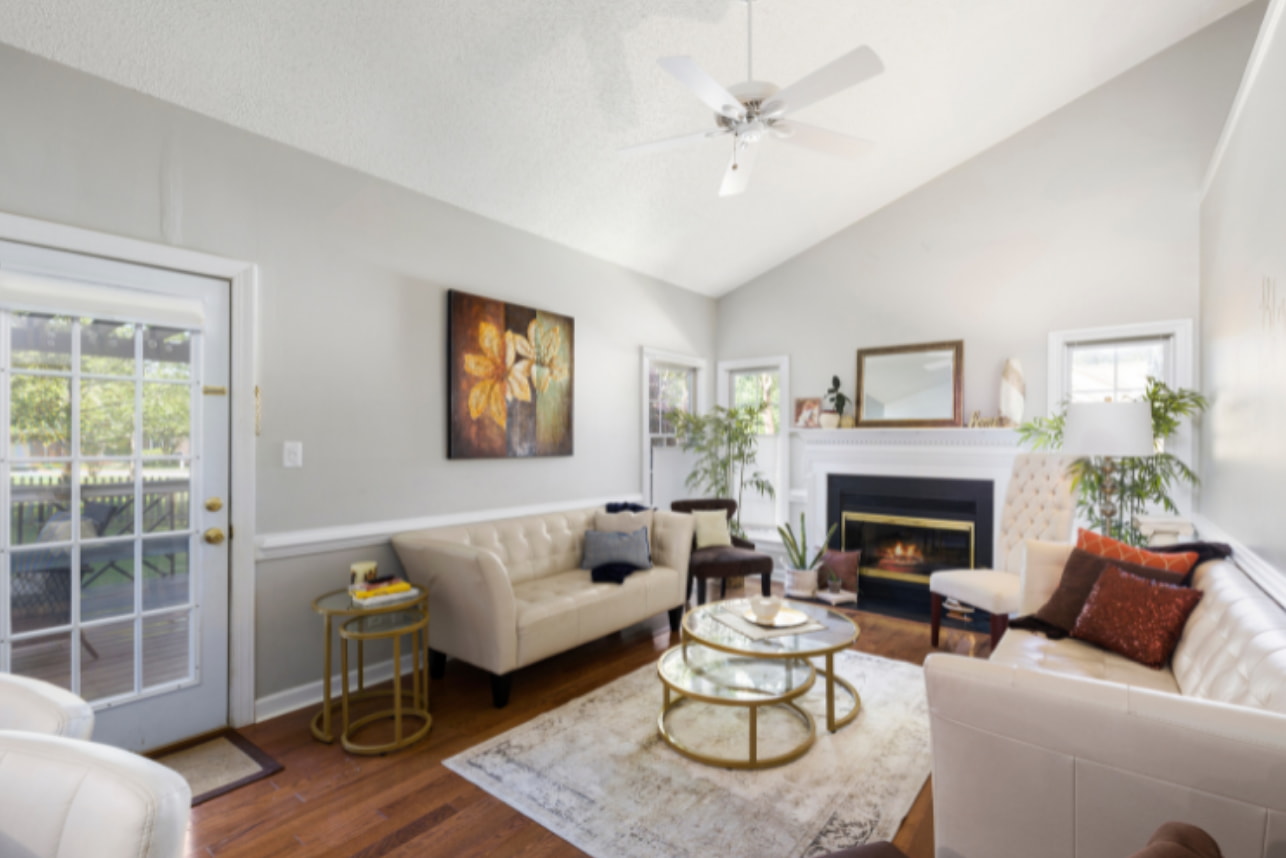
The design, layout, noise level, and even the people we share our space with can affect our stress levels, quality of sleep, and overall mood.
Many of us spend a significant amount of time indoors, especially working from home. Because of this, the impact of our living environment on mental health has never been more relevant. Let’s explore how the subtleties of our living spaces (including clutter, noise, lighting, and social dynamics) can either uplift or undermine our mental wellbeing.
A cluttered space often mirrors a cluttered mind. Studies have shown that disorganized environments can increase feelings of anxiety, reduce our ability to focus, and even raise cortisol levels, the hormone responsible for stress.
Why does this happen? Because clutter in our homes competes for our attention. It overloads our senses and sends our brains into overdrive. You may not realize it, but that pile of laundry or the stacks of unread mail on the table could be subtly draining your mental energy.
Creating a more minimal and organized space doesn’t mean you need a major lifestyle change. Simple habits like cleaning up as you go, using storage boxes, or decluttering one drawer at a time can make a huge difference. As your environment becomes more orderly, your mind often follows suit.
Noise pollution is more than just an inconvenience. Persistent background noise (from traffic, neighbors, or even appliances) can be mentally exhausting. It interferes with concentration, heightens stress, and can severely affect sleep quality.
If total silence isn’t achievable, consider using soundproofing curtains, white noise machines, or noise-canceling headphones. Even small changes like repositioning your desk or bed to a quieter part of the home can create a noticeable improvement in your mental calm.
Lighting affects our circadian rhythms, which in turn govern sleep patterns and mood regulation. Natural light boosts serotonin levels, helping us feel happier and more awake. In contrast, poorly lit environments, especially those with artificial or fluorescent lighting, can contribute to feelings of fatigue and low mood.
Maximize daylight where possible. Keep blinds open during the day, arrange workspaces near windows, and use mirrors to reflect natural light into darker areas. In the evening, choose warm lighting rather than harsh white bulbs, which can disrupt your sleep cycle.
Consider using dimmers or smart bulbs to tailor lighting to your daily needs. Creating a cozy, softly-lit environment in the evening can signal to your brain that it’s time to wind down, promoting better sleep.
The people we live with – or don’t live with – can shape our mental state. Sharing with others can create connections and provide emotional support, but it can also lead to tension, miscommunication, or feelings of loneliness, depending on the situation.
Living with roommates? Clear communication and respectful boundaries are essential. Schedule regular check-ins to address any issues and be open about your personal needs. Having even just one supportive person in the home can greatly improve mental well-being.
If you’re looking for new roommates, use platforms like www.spareroom.com to find roommates in San Francisco, NYC, LA, or anywhere else in the US. Their platform lets you search based on what really matters to you (from budget and lifestyle to specific interests) so you're more likely to find someone who truly fits.
Living alone? While it offers independence, it can also lead to isolation. Make the effort to stay socially connected outside your home through friends, hobbies, or community activities. And consider how you can make your space feel more nurturing – for example, by adding plants, artwork, or comforting textiles.
Now that we’ve broken down the elements that influence your mental health at home, here are some simple tips to create a more balanced and mentally nurturing environment:
Your home environment can be either a sanctuary or a source of stress. Start paying attention to things like clutter, noise, lighting, and the social atmosphere. This will help you actively shape a space that supports your mental health rather than undermines it.
A little effort in reshaping your environment can give you big rewards in peace of mind, quality sleep, and day-to-day happiness.